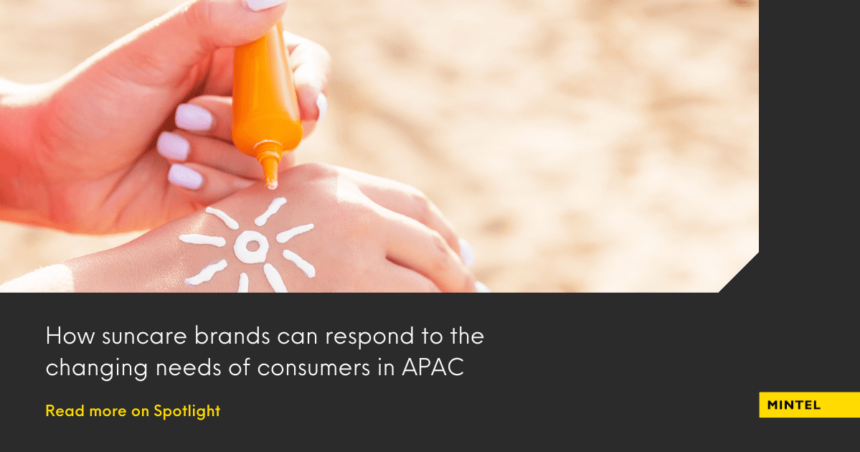More brands are now incorporating SPF into skincare and makeup according to Mintel’s The Future of Suncare: 2023 report. This trend corresponds with growing consumer interest in embracing minimalistic beauty practices.
However, this “sunification” trend – which includes minimalistic and multi-benefit skincare and makeup products such as tinted moisturizers with SPF, tinted sunscreen, and even loose powder with sunscreen – threatens the suncare category’s independent existence.
Meanwhile, as concerns around climate change escalate, the need for protection and climate adaptation will rise. This is an opportunity for brands in the Asia Pacific suncare market to cater to a broader spectrum of skin tones and conditions. Here, we explore the trends influencing the suncare sector across the Asia Pacific region.
Japan
To drive category relevancy, consumer engagement, and value growth, Japanese suncare brands can expand beyond SPF and extend to a broader and more emotional space.
They can also strengthen the awareness of sun exposure through technology and explore ways to enforce protection via innovations. Among the subcategories that brands can tap is aftersun products.
Brands can create new ways to offer value by incorporating additional benefits, as consumer expectations will elevate and these extras will soon become the norm.
For example, Kanebo Allie has launched a sunscreen gel that comes in Lucent Pink and Warm Orange. The product can be applied over makeup to add a healthy glow to the cheeks.
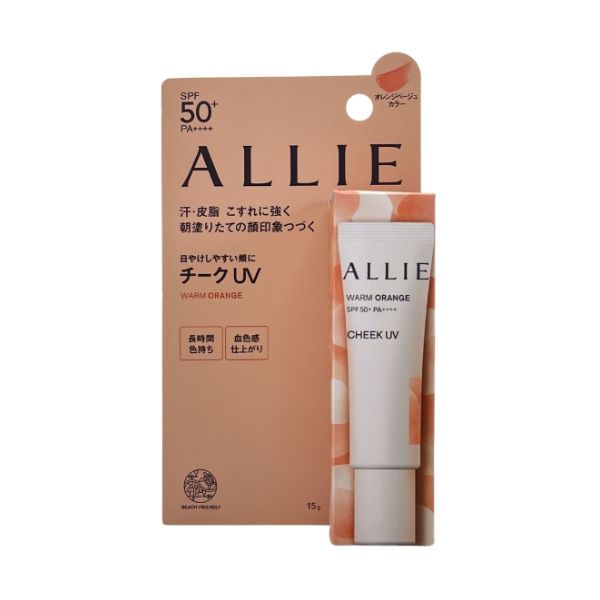
Brands in the Japan suncare market can also make it easier for consumers to layer SPF over makeup as sunscreen needs to be retouched every few hours. Touch-up products can be offered in cushion, spray or mist, and powder forms.
China
In China, “sunification” is noted among a significant portion of female consumers, with more than half having used face base makeup with sunscreen efficacy. Additionally, usage has seen a rise across different age groups compared to 2022. This is an opportunity for both suncare and colour cosmetics brands to blur in with each other to better serve consumers’ needs who seek sun protection and convenience.
Ease of use and free-from claims such as alcohol-free and no additives are increasing in China. Format-wise, lotion, spray, and cream are the top three leading types of sunscreen products. Sunscreen for sensitive skin in lotion format is also a fast-growing category.
Consumers’ increased awareness of sun protection has led them to utilise different formats of sunscreen products depending on the scenario and occasion. Sunscreen spray and makeup SPF saw a 5% growth in usage in 2023 compared to 2022. These formats are not only more convenient to use both indoors and outdoors, but they also add a sense of security for consumers who are looking for total shielding from the sun with the feature of easy touch-up. Over half of female consumers say they are interested in setting spray with SPF.
Besides setting spray, consumers are also interested in colour cosmetics such as concealer and pressed powder infused with suncare benefits, offering promising opportunities for facial base makeup brands to incorporate sun protection features.
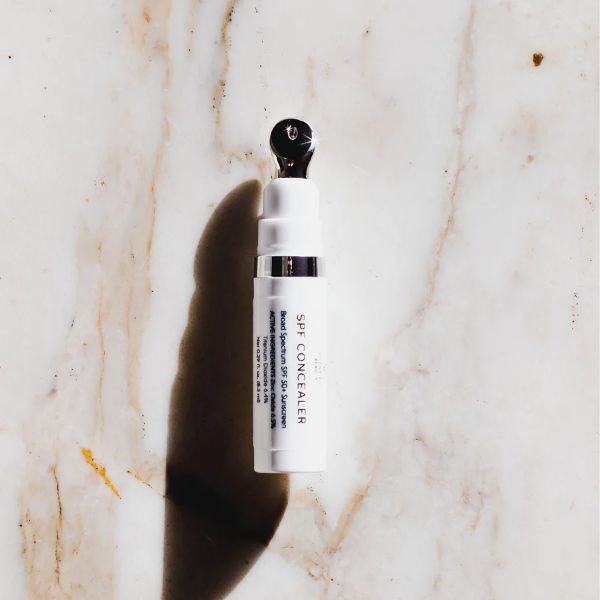
Chinese consumers are also discerning about choosing a suitable suncare product. For instance, nearly half of Chinese consumers said they check product details on official websites to understand whether the product is suitable for their skin. More than a third said they go to physical stores to try the products. Chinese consumers also tend to do research about the suncare product online by reading customer reviews while a similar percentage would still purchase samples to try. This suggests that merely reading or watching reviews isn’t enough for them.
Concerns about blue light penetration from digital screens and pollution are taking consumers’ attention. As digital devices have become an essential part of consumers’ modern daily lives, brands leveraging the concept of anti-photoaging as a whole can expand product efficacy and attract a broader user base.
Thailand
The suncare market in Thailand is well-established, with 87% of Thai consumers using suncare products daily. For brands, there are interesting opportunities to address specific sun-related skin issues such as wrinkles and dark spots/melasma.
In body sun care, there’s an opportunity for products to offer a more comfortable experience with lighter textures. Mist formats also hold a potential for catering to outdoor occasions.
Suncare products tailored to post-procedure skincare are limited. This presents another opportunity for brands to introduce innovative solutions tailored to consumers undergoing facial procedures. Nearly half (49%) of Thai consumers who get aesthetic treatments to minimise signs of ageing are put off from using sunscreen because of skin irritation due to chemicals. While this cohort is still niche, Mintel predicts that this will grow due to aesthetic clinics’ increasing acceptance and penetration.
Another segment of consumers who use multiple types of products such as sunscreen for both the face and body but mainly the face and body moisturiser with SPF, are concerned about greasiness and stickiness (60%) with sunscreen application, alongside worries about its effectiveness (40%).
Brands can focus on the sensory aspects in the category, which elevate how comfortable a product feels on the body. Textures and formats that offer a light and comfortable application, such as mist formats or those with skin-cooling benefits, are likely to be appealing to consumers.
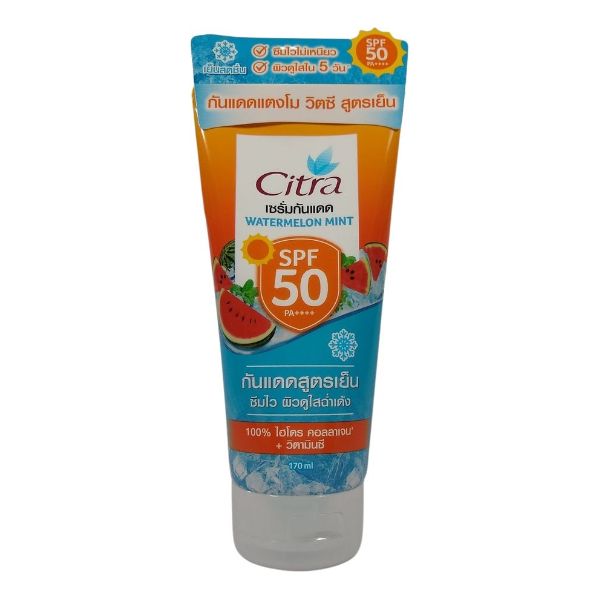
India
The suncare market in India is recovering after the pandemic, as seen by the uptick in product launches in the last years. However, the category still needs to establish itself as a daily essential, even among existing users: 23% of facial sunscreen users believe that applying suncare is not an important step in their everyday skincare routines, while 31% agree that applying suncare products more than once a day is unnecessary.
Additionally, facial sunscreen users have sensitive skin, which makes them potentially prone to red rashes after sun exposure. This is an opportunity for brands to promote after-sun care products with skin-soothing natural ingredients.
Meanwhile, Older Millennials aged 34-42 are seeking suncare products in convenient and innovative formats such as sprays and sticks. However, claims such as ease of use and on-the-go functionality remain relatively niche in suncare product launches. Brands have the opportunity to capitalise on this growing consumer interest.
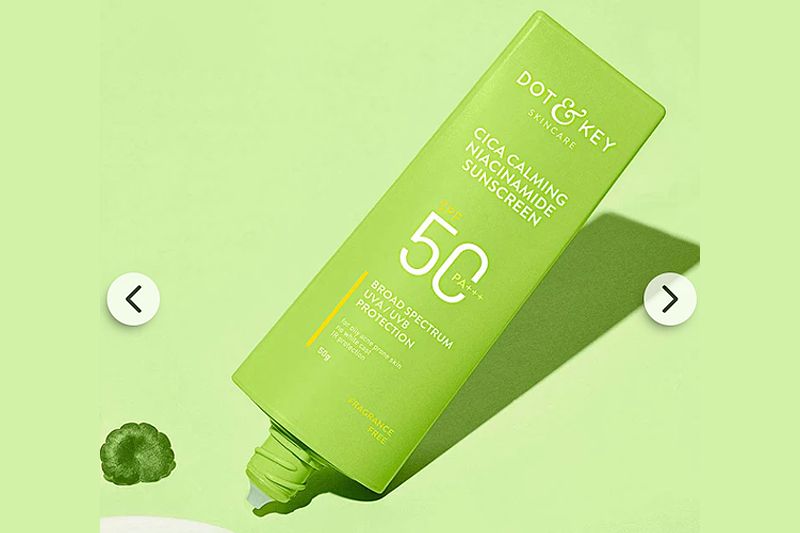
Facial sunscreen users have an interest in suncare products which have skincare benefits and ingredients. In comparison to other APAC markets like South Korea, India lags in launching skincare ingredient-infused products. Brands in the Indian sunscreen market can therefore explore incorporating popular skincare ingredients like hyaluronic acid and niacinamide into their suncare formulations, addressing specific skin concerns in the process.
What we think
The suncare landscape in the Asia Pacific region reflects a dynamic intersection of consumer preferences and product innovations. While the integration of SPF into skincare and makeup reflects the growing trend of “sunification,” brands face the challenge of balancing between maintaining suncare’s distinct identity and meeting evolving consumer needs. Unique market dynamics offer opportunities for innovation, including addressing diverse skin tones and climate-related concerns as well as enhancing product efficacy. By embracing consumer-centric strategies and leveraging technology, suncare brands can effectively respond to this shifting landscape.

